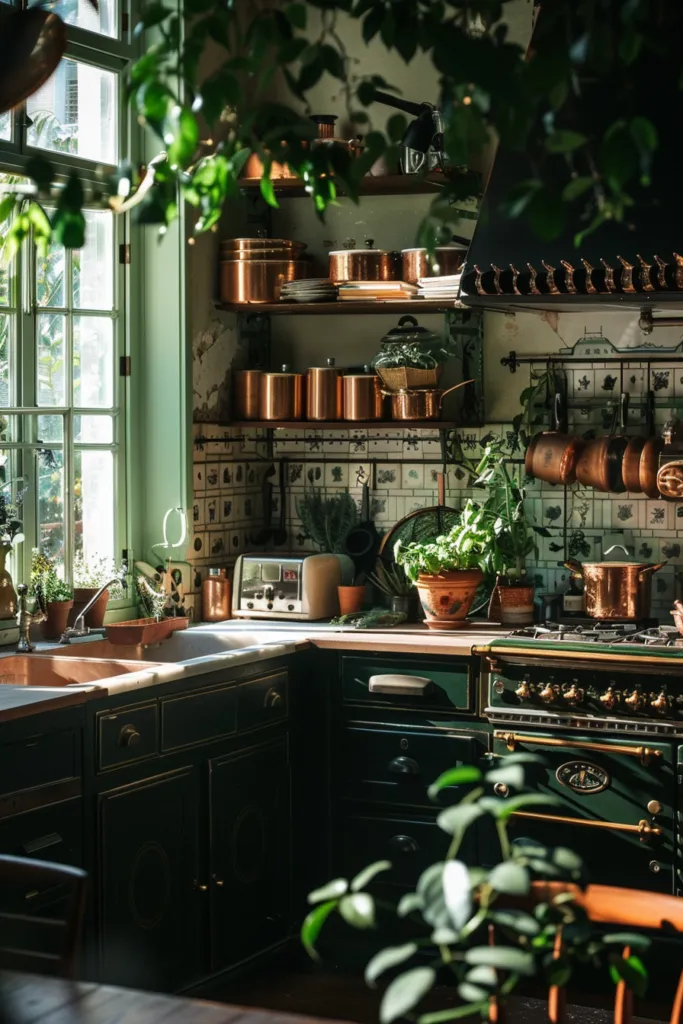Farmhouse Kitchen Decor What is Farmhouse Style
Farmhouse kitchen decor is a timeless style that blends rustic charm with modern comfort, creating a warm and inviting atmosphere. It’s characterized by its simplicity, functionality, and a focus on natural materials. The style often incorporates vintage elements, distressed finishes, and a neutral color palette to achieve a cozy and lived-in feel. Farmhouse kitchens are designed to be the heart of the home, a place where family and friends can gather, cook, and enjoy each other’s company. This style is not just about aesthetics; it’s about creating a space that is both beautiful and practical, reflecting a sense of history and a connection to the land.
Key Elements of Farmhouse Decor
Several key elements define the farmhouse kitchen decor. These include a neutral color palette, natural materials like wood and stone, and vintage accents. The use of white, cream, and gray as base colors creates a bright and airy space, while wood adds warmth and texture. Open shelving is another hallmark of farmhouse style, allowing for the display of decorative items and functional pieces. The incorporation of vintage items, such as antique scales, enamelware, and mason jars, adds character and a touch of nostalgia. The overall aesthetic is one of simplicity, functionality, and a connection to the past, creating a welcoming and comfortable environment.
Neutral Color Palettes
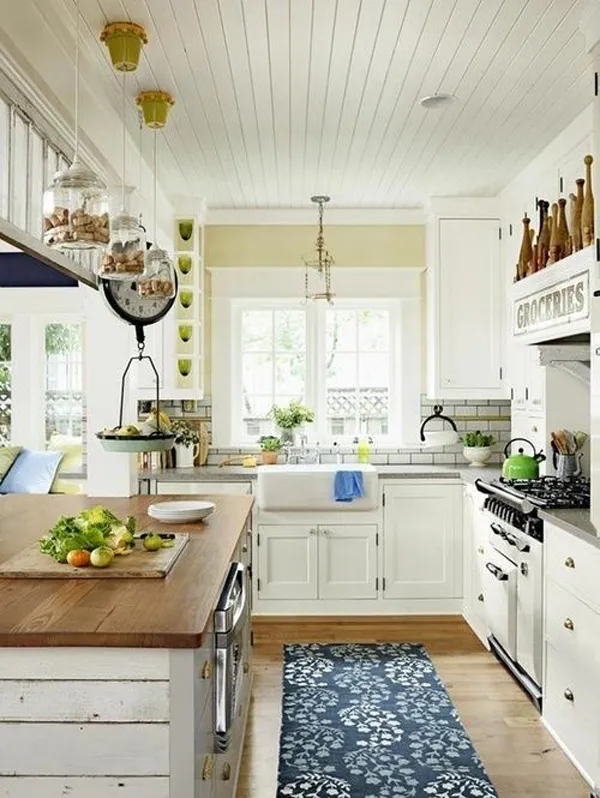
The foundation of farmhouse kitchen decor is a neutral color palette. This typically includes shades of white, cream, gray, and beige. These colors create a bright and airy space, making the kitchen feel larger and more inviting. White walls reflect light, enhancing the overall brightness, while cream and beige add warmth and coziness. Gray can be used as an accent color or for cabinetry, providing a touch of sophistication. This neutral backdrop allows for the introduction of other colors through accessories and textiles, providing flexibility in design and allowing for easy updates. Consider incorporating different shades of the same color to add depth and visual interest.
Natural Materials
Natural materials are essential in farmhouse kitchen decor. Wood is a dominant element, used for cabinetry, flooring, countertops, and furniture. The use of reclaimed wood adds character and a rustic feel. Stone, such as granite or marble, can be used for countertops or backsplashes, providing durability and a touch of elegance. Other natural materials like brick, slate, and woven textures also contribute to the authentic farmhouse aesthetic. The goal is to create a space that feels connected to nature, bringing the outdoors in and creating a warm and inviting environment. These materials add texture and depth, making the kitchen feel grounded and comfortable.
Vintage Accents
Vintage accents play a crucial role in achieving the farmhouse look. These can include antique scales, enamelware, mason jars, and vintage signs. Displaying these items on open shelving or countertops adds character and tells a story. Consider incorporating vintage kitchen utensils, such as wooden spoons and rolling pins, as decorative elements. Old breadboards, cutting boards, and antique pitchers can also be used to enhance the farmhouse aesthetic. These vintage touches add personality and charm, making the kitchen feel unique and lived-in. They bring a sense of history and nostalgia to the space, making it feel welcoming and authentic.
Farmhouse Kitchen Decor Ideas for Your Space
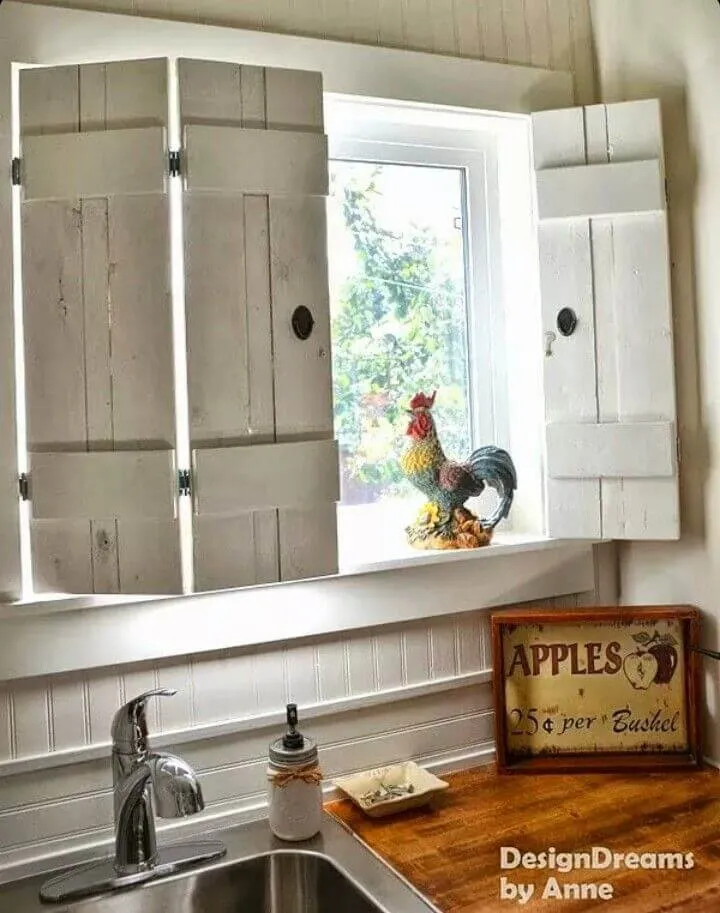
Transforming your kitchen into a farmhouse haven involves careful planning and consideration of the space. The layout, the selection of furniture, the choice of textiles, the lighting, and the accessories all contribute to the overall aesthetic. By incorporating the key elements of farmhouse decor, you can create a kitchen that is both beautiful and functional, reflecting your personal style and creating a welcoming space for your family and friends. Remember to keep the style simple, functional, and rooted in natural materials to create a truly authentic farmhouse kitchen.
Choosing the Right Kitchen Layout
The kitchen layout is crucial for both functionality and aesthetics. Consider the size and shape of your kitchen when planning the layout. The classic farmhouse kitchen often features a large island, which serves as a workspace, dining area, and gathering spot. Ensure there’s ample space for movement between the island, the sink, and the stove. If space is limited, a peninsula can be a good alternative. Prioritize the work triangle – the space between the sink, stove, and refrigerator – to optimize efficiency. Consider the placement of windows and doors to maximize natural light and views, which are key elements of a bright and inviting farmhouse kitchen.
Maximizing Space with Open Shelving
Open shelving is a defining feature of farmhouse kitchen decor. It provides storage and a display area for dishes, glassware, and decorative items. When incorporating open shelving, consider the height and width of the shelves, as well as the items you plan to display. Mix functional items with decorative pieces for a balanced look. Choose shelves made of wood or other natural materials to complement the overall aesthetic. Arrange items with consideration to color, size, and texture to create a visually appealing display. Open shelving not only adds to the farmhouse look but also makes it easy to access frequently used items, increasing the kitchen’s functionality.
Adding a Farmhouse Kitchen Table
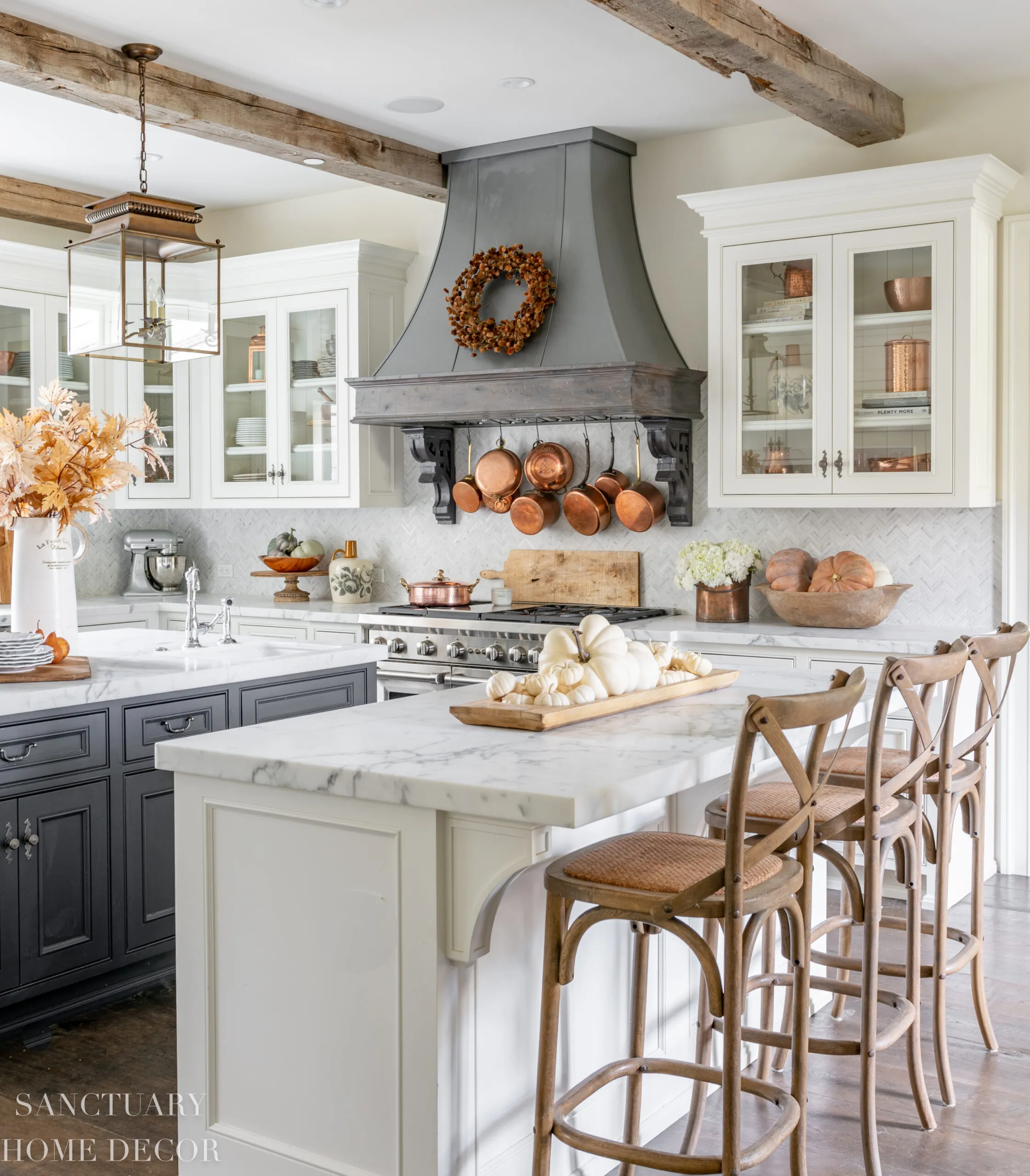
A farmhouse kitchen table is the heart of the kitchen, providing a gathering place for meals and conversations. Choose a table made of wood with a distressed or weathered finish to enhance the rustic charm. Consider the size and shape of the table based on your kitchen layout and the number of people you need to accommodate. Pair the table with classic farmhouse chairs, such as Windsor chairs or benches. Adding a table runner, placemats, and a centerpiece of flowers or a fruit bowl can enhance the table’s aesthetic. The kitchen table should be a welcoming space where family and friends can gather and enjoy each other’s company.
Farmhouse Kitchen Decor Decorating with Textiles
Textiles play a significant role in creating a warm and inviting farmhouse kitchen. They add texture, color, and pattern to the space, enhancing its overall aesthetic. From curtains to table linens and kitchen towels, textiles can be used in various ways to enhance the farmhouse look. Choosing the right textiles can transform a space from simple to charming, adding personality and comfort to your kitchen. They are a simple way to add pops of color or subtle textures that help to tie the design together.
Incorporating Rustic Textiles
Incorporate rustic textiles such as linen, cotton, and burlap to add texture and warmth. Use these materials for curtains, table runners, and dish towels. Consider using patterned textiles with classic farmhouse motifs, like stripes, checks, and floral prints. These patterns add visual interest and a touch of country charm. Rustic textiles provide a tactile element, making the kitchen feel cozy and inviting. Choose neutral colors and patterns to maintain the overall farmhouse aesthetic. The goal is to incorporate textiles that are both functional and visually appealing, enhancing the overall design.
Choosing the Right Curtains
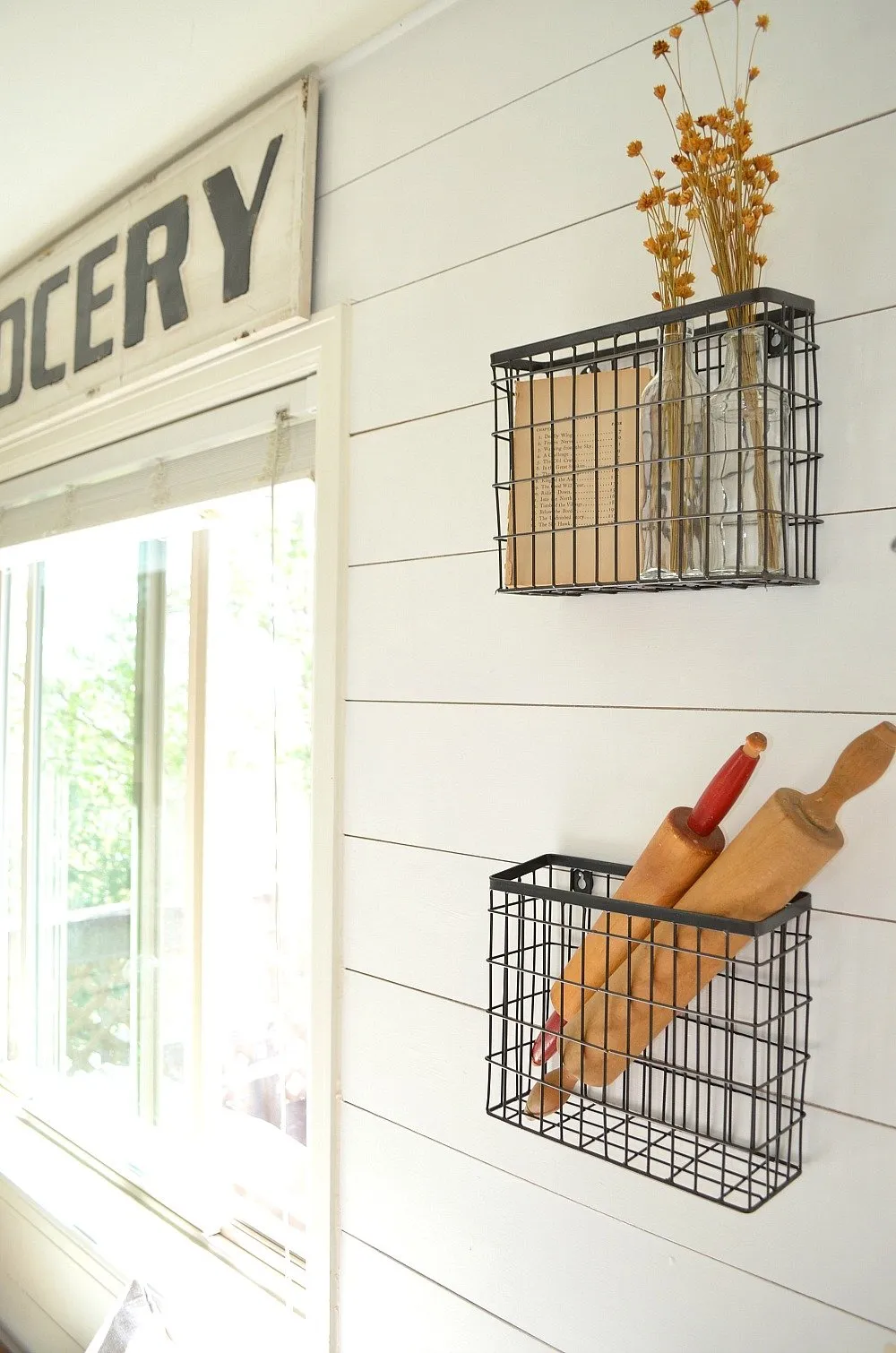
Curtains play a crucial role in creating the right ambiance in a farmhouse kitchen. Choose curtains made of natural materials, such as linen or cotton, in neutral colors or subtle patterns. Consider using café curtains, which cover only the lower portion of the window, to allow natural light to flood the space. Alternatively, opt for simple, flowing curtains that can be easily pulled aside. The curtains should complement the overall color scheme and style of the kitchen. Avoid heavy, ornate curtains that can detract from the farmhouse aesthetic. The goal is to choose curtains that add softness, privacy, and visual interest to the kitchen.
Farmhouse Kitchen Decor The Role of Lighting
Lighting plays a vital role in setting the mood and enhancing the functionality of a farmhouse kitchen. The right lighting fixtures can brighten the space and complement the overall design. Combining different types of lighting – ambient, task, and accent lighting – creates a well-lit and inviting environment. Proper lighting improves the look and feel of the kitchen, making it the perfect place to gather and work. Consider the various lighting options and how they can best serve your needs.
Choosing the Right Lighting Fixtures
Choose lighting fixtures that complement the farmhouse aesthetic. Consider pendant lights over the island or dining table, using materials like metal, wood, or glass. Incorporate vintage-inspired fixtures, such as sconces or chandeliers, for a touch of charm. The key is to choose fixtures that are both functional and visually appealing, enhancing the overall design. Avoid overly modern or ornate fixtures that can detract from the farmhouse style. The style of your lights can truly make a kitchen pop, by using vintage-inspired bulbs to highlight the features of the fixtures.
How to Layer Lighting for Ambiance
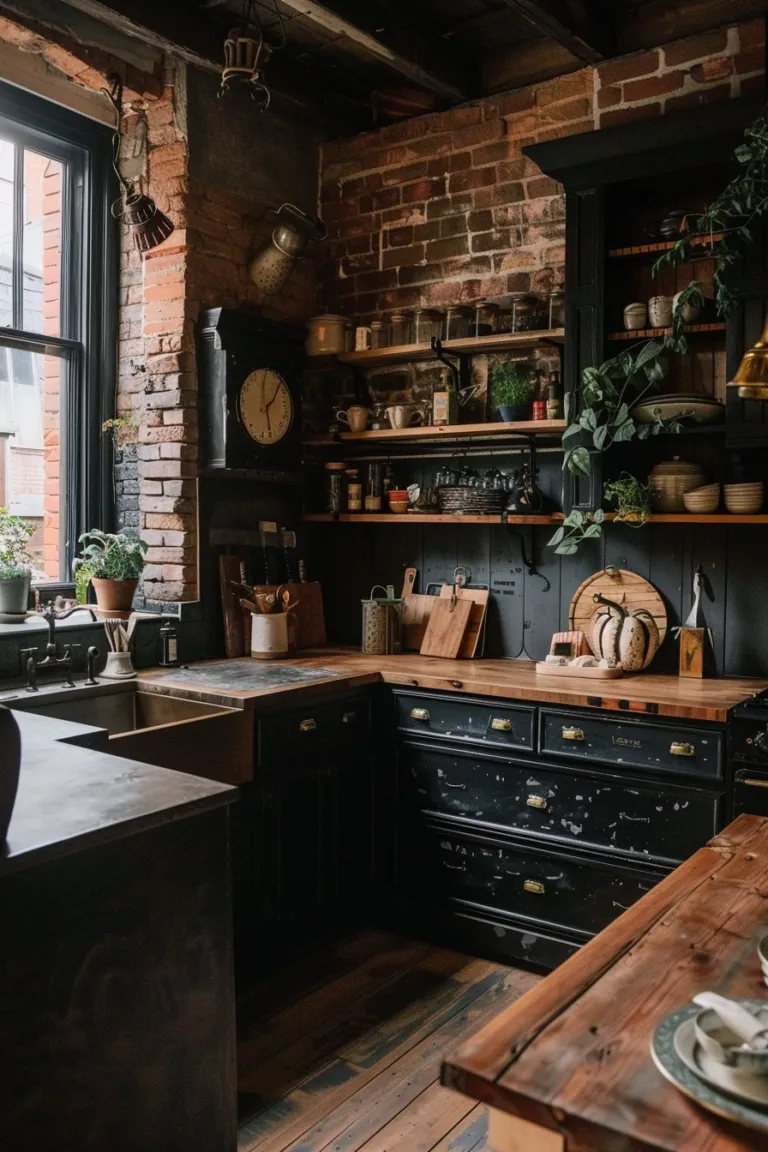
Layering lighting is essential for creating ambiance in a farmhouse kitchen. Combine ambient lighting, such as recessed lights or a central chandelier, with task lighting, such as under-cabinet lights or pendant lights over the workspace. Add accent lighting, such as sconces or decorative lamps, to highlight specific areas or features. Use dimmers to adjust the brightness and create different moods. The combination of these different lighting types creates a well-lit, inviting, and comfortable environment. Layering lighting helps to create a welcoming atmosphere perfect for any occasion.
Farmhouse Kitchen Decor Accessories and Finishing Touches
Accessories and finishing touches are the final elements that bring a farmhouse kitchen to life. These details add personality, character, and a sense of completeness to the space. Choosing the right accessories can create a cohesive and inviting atmosphere. These items provide an opportunity to express your personal style and to add functional elements that enhance the kitchen’s use. With the right choices, these final touches can transform a simple space into a warm and welcoming home.
Adding Vintage Accessories
Incorporate vintage accessories, such as antique scales, enamelware, and mason jars, to add character. Display these items on open shelving or countertops for a touch of nostalgia. Look for vintage kitchen utensils, such as wooden spoons and rolling pins, to use as decorative elements. Incorporate vintage signs or artwork with farmhouse themes, such as chickens or cows. Vintage accessories add personality and charm, making the kitchen feel unique and lived-in. They contribute to the overall aesthetic, adding an element of history and authenticity to the space.
Using Greenery and Plants
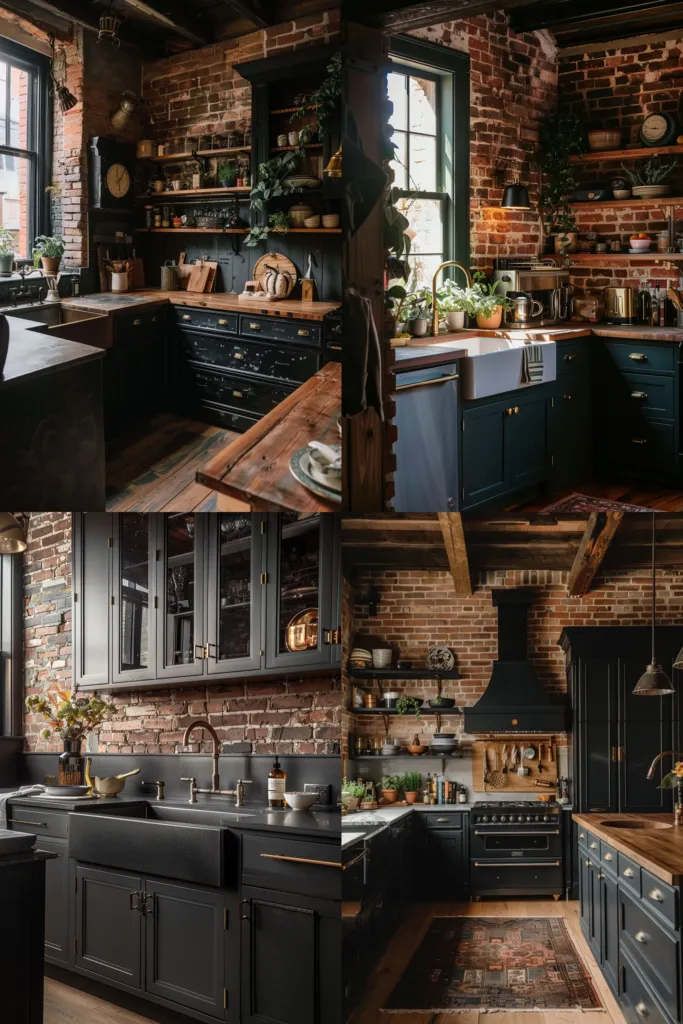
Adding greenery and plants brings life and freshness to your farmhouse kitchen. Use fresh herbs in pots or hanging baskets, bringing both beauty and functionality to the space. Incorporate potted plants on windowsills or countertops to add a touch of nature. Choose plants that thrive in kitchen environments, such as herbs, succulents, and ferns. The plants enhance the overall design, adding color and texture. Incorporating greenery and plants brings freshness and a natural touch, creating a warm and welcoming atmosphere.
Farmhouse Kitchen Decor Where to Find Inspiration
Finding inspiration is key when planning a farmhouse kitchen. Explore various sources to gather ideas and develop a vision for your space. Consider the layout, the style, and the specific elements that appeal to you. Researching different options will help you to create a kitchen that reflects your personal style and meets your needs. You can use these different avenues to gather inspiration, so you can create the perfect kitchen for you.
Online Resources and Blogs
Explore online resources and blogs to gather inspiration. Pinterest, Instagram, and design blogs are excellent sources for images and ideas. Search for farmhouse kitchen decor to see various styles and designs. Create a mood board to collect images and ideas that inspire you. Reading blogs, watching videos, and exploring different websites provides a wealth of information. The online world is filled with information to help you find your dream kitchen.
Visiting Local Farmhouse Decor Stores
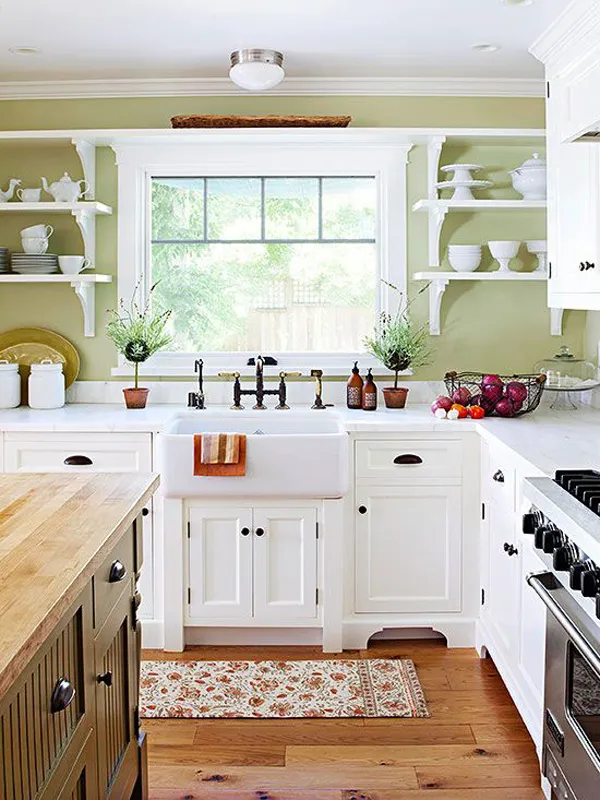
Visit local farmhouse decor stores and showrooms to see the style in person. This allows you to experience the look and feel of the style. Browse the store to see the different elements of farmhouse decor and how they are combined. Visiting stores can help you visualize the style and make informed decisions about your own kitchen design. It provides a hands-on experience, allowing you to see the quality, textures, and finishes of the products. This hands-on experience can make the entire process more enjoyable.
